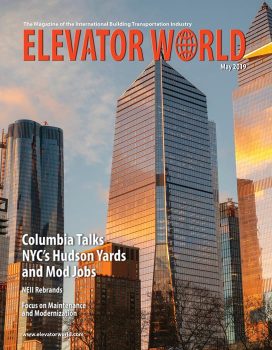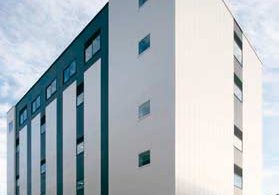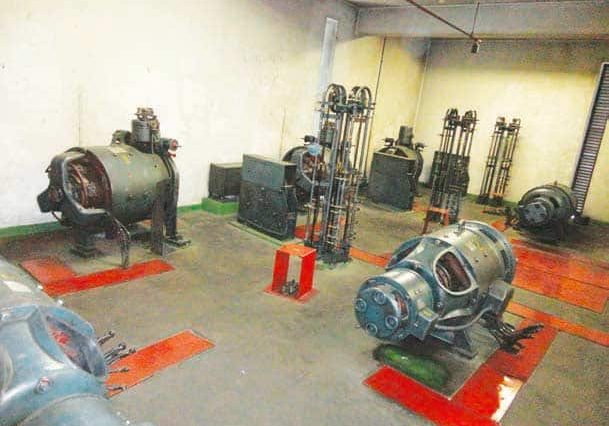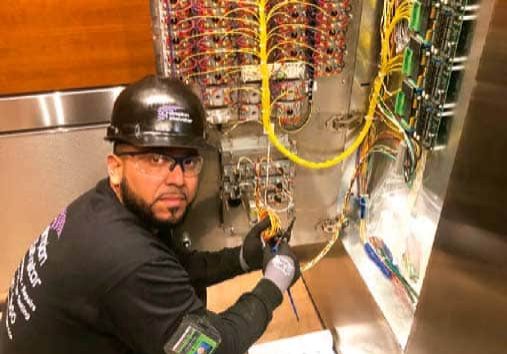Why regular elevator maintenance is a good long-term investment
It is crucial that elevators operate efficiently so building occupants may conduct business and go about their lives without disruption. Adding to that, the safety of passengers is on the line. Th erefore, building owners and facility managers must be proactive. Elevator preventive maintenance is critical to deliver the safest system possible, prevent costly disruptions to service and protect such a large financial investment.
Just as a person generally wants to maintain their car to keep safe, increase reliability and protect their investment, the same should be done with elevators. With a car, worn tires and old oil are changed. Consistent maintenance is needed with an elevator, as well. Lack of it will cause certain equipment to wear more rapidly over time and lead to premature — and, sometimes, costly — breakdowns.
For a few extra dollars a month, [a building owner] could save tens of thousands of dollars in repair or replacement costs per elevator.
The basic preventive-maintenance tasks needed and the frequency at which to perform those tasks are spelled out in the maintenance section (8.6) of ASME A17.1-2016 under “Requirements for a Maintenance Control Program” (MCP). There are many factors aff ecting the frequency of performing maintenance tasks, such as age of the equipment, usage details, operational environment and others. The code specifies many general maintenance requirements, along with specific maintenance tasks for electric elevators, hydraulic elevators, units with other types of driving means, inclined elevators, escalators, moving walks and dumbwaiters/material lifts.
Consistent equipment maintenance, due to its very nature, catches potential issues before these issues manifest into bigger problems. Because the mechanic is examining, lubricating, cleaning and adjusting the equipment, he or she tends to notice problems as they develop. At some point in the future, the internet of things may allow all pieces of an elevator system to communicate back the need for maintenance, repair or replacement. Until then, in-person preventive maintenance is required to ensure equipment is kept in good working order. Preventive maintenance is the primary way to avoid costly repairs, not only in parts and labor, but also in the lost usage of a building’s elevating equipment.
Most building owners have their elevators under a maintenance agreement and, by code, are required to have an MCP provided by an elevator maintenance company in place. But, when building owners look at the cost of preventive maintenance, they tend to focus on short-term costs. Typically, they look at what the maintenance agreement is going to cost them month to month, quarter to quarter or even year to year. Instead, owners should consider what the cost of a major repair or equipment replacement might be due to lack of maintenance. For a few extra dollars a month, they could save tens of thousands of dollars in repair or replacement costs per elevator.
Some MCPs are so general, the frequency for all tasks is only once a year or every 18 months.
Unfortunately, most building owners simply do not know enough about the equipment and what goes into its maintenance to choose an agreement that is best for their equipment. Due to this reasonable lack of understanding, owners must rely on elevator professionals to know, first, if the elevator is being maintained in safe and code-compliant operation and, ultimately, if the maintenance they are receiving is sufficient. That’s where elevator inspectors and elevator consultants come in.
Typically, a party entering into a maintenance agreement pays for the maintenance, whether it is performed or not. If the owner finds they are receiving a number of violations during their code inspections or experiencing regular loss of elevator service, it might be time for them to consider having their maintenance evaluated by either an independent QEI or an elevator consultant.
If the maintenance company has provided an MCP tailored to that elevator and is following the maintenance frequencies, that elevator should be properly maintained. However, many units do not have a code-compliant MCP in place. Fewer have one truly tailored to the unit itself, and even fewer have a maintenance agreement where the elevator maintenance company is contractually obligated to follow the MCP.
Some MCPs are so general, the frequency for all tasks is only once a year or every 18 months. Th is makes it easier for the maintenance company to adhere to the program it provided, but the MCP is likely not meeting the needs of the equipment. Elevator professionals can evaluate MCPs and maintenance agreements to ensure the program is code-compliant and suffi cient, along with ensuring the elevator maintenance provider is motivated to follow the program by the maintenance agreement.
In the end, it benefi ts building owners to take an active role in their elevator maintenance program, or MCP, to ensure their units are kept safe and reliable, and to protect their investment. Elevator professionals can provide the owners the guidance they need.
Get more of Elevator World. Sign up for our free e-newsletter.








